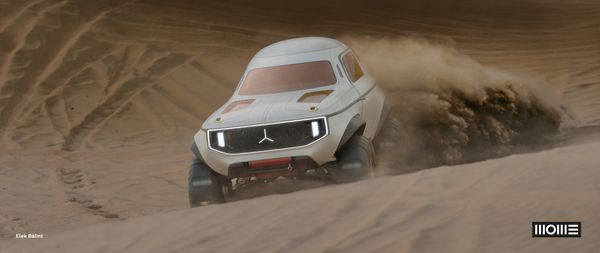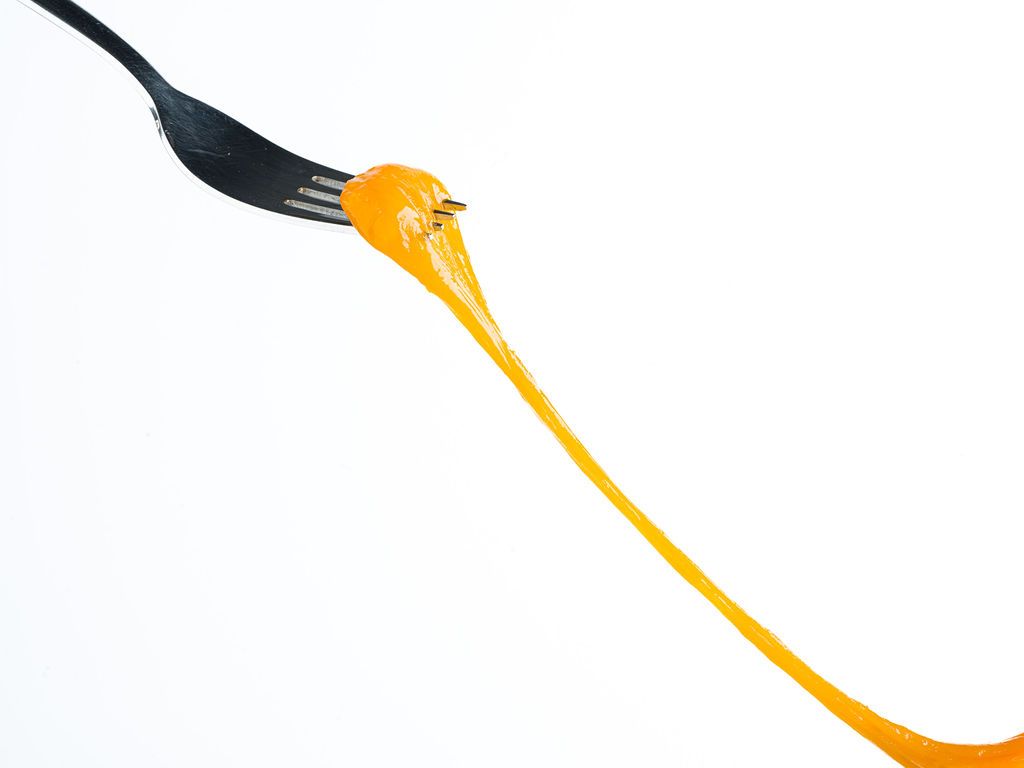We eat with our eyes first, then with our mouths—all it takes is a sight or a smell to trigger perception. Now we’re experimenting with using photography to evoke different textures, from soft to gooey, but does it have as much impact as it does in real life?
As we know, eating is a multisensorial experience. When we are presented with a bowl of food, or just something we are likely to taste, we use our vision to pick up on the primary stimuli—the color, shape and texture of the food. There are evolutionary reasons for this, as it is how our ancestors learned to recognize reliable food, such as non-poisonous berries and other plants that can be foraged in the forest. Nowadays, we exploit this effect in many ways, for example in advertising, where we see thousands of advertisements that capture our attention through visuals, such as a juicy steaming steak, a bright red apple, a big glass of foaming beer with cold condensed vapor on the side. It’s also the realm of food styling, where creative professionals play with the potential of ingredients, even if they don’t use real ones (think cereal that won’t soak for hours in liquid glue instead of milk, or shaving cream as a substitute for whipped cream).
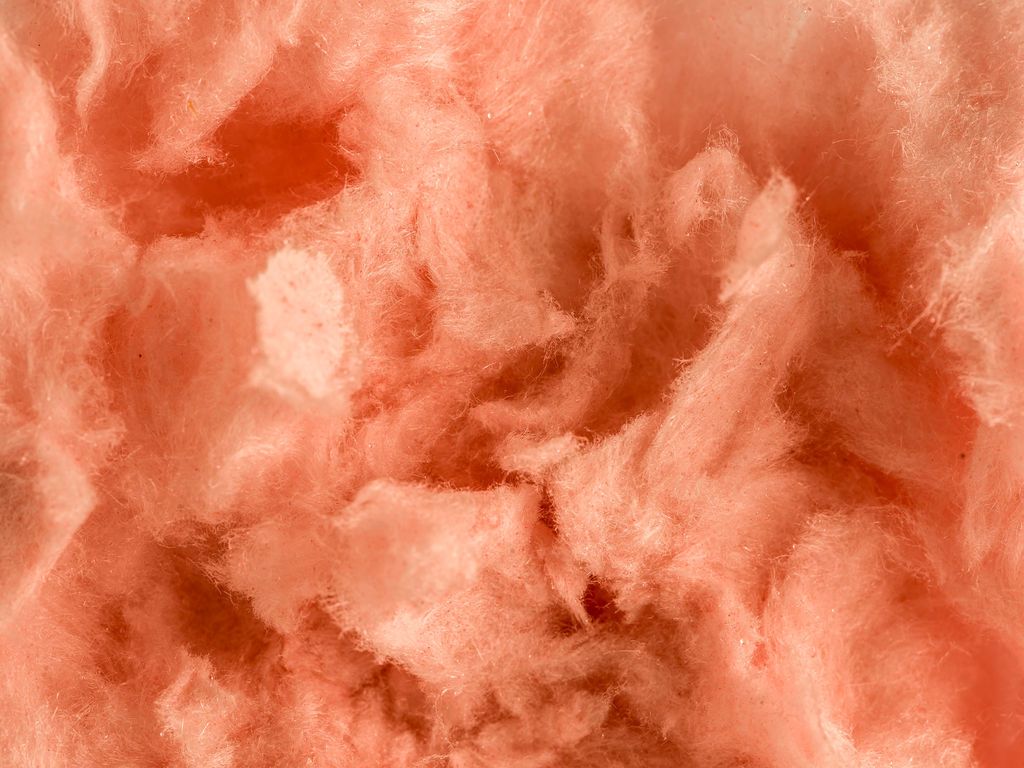
In recent years, it’s become a trend to show the real face of food, that what is good is not necessarily what is beautiful, but rather what is genuine. Supermarket chains, package-free shops have reinforced this trend by making less-than-perfect-looking fruit and vegetables available for purchase, with a special label, but with the same enjoyment value as their flawless counterparts. Many people are consciously looking for these products, and a home-grown food-saving app has burst onto the market, so there is a changing attitude. We have learned that there are other dimensions to food beyond its appearance, where the other senses come into play. After sight, touch is next, ideally without a utensil. Eating something by hand is a completely different experience from eating it with fork and knife, as it also sends a message through the receptors on your skin about how ripe or fresh it is and what it will be like to eat. In some cases, the structural changes can even alert us to something, for example if there’s any inedible part left on the surface (e.g. a peel or a fishbone), but also the temperature, whether something is too hot or too cold to eat.
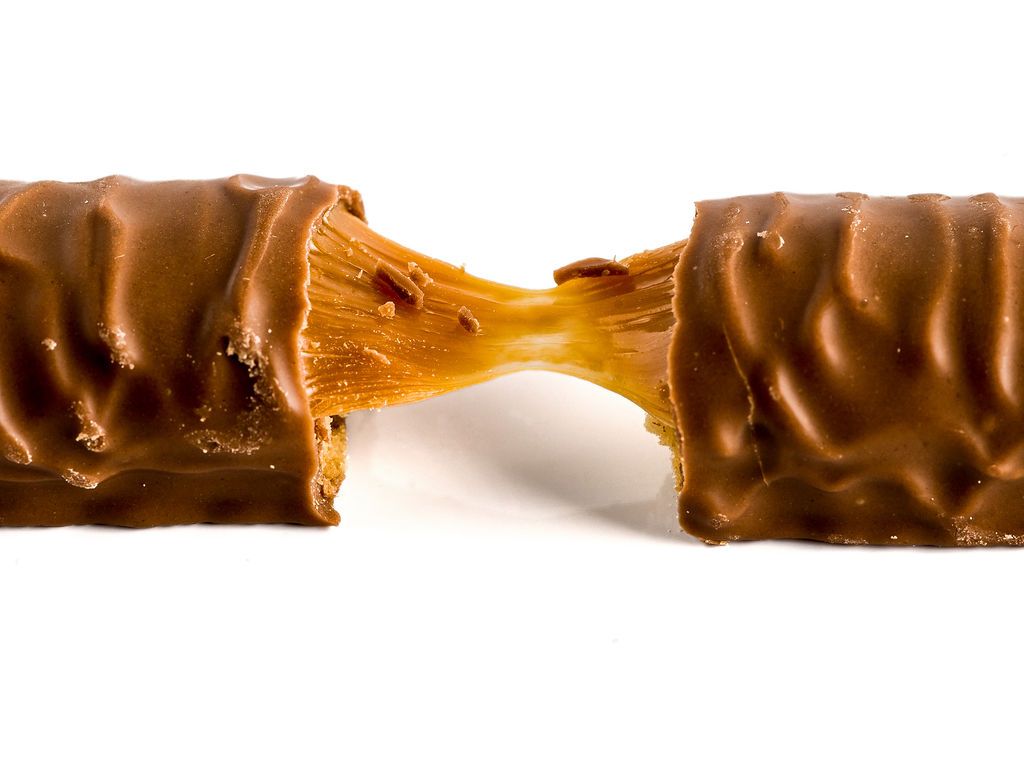
When we bring food to our nose, smell is the next sense that comes into play. Here again, we get a signal about freshness and the aroma itself. As László Barabási-Albert’s researches show, the taste buds are responsible for only one fifth of taste, the remaining 80% is provided by the sense of smell. In Heston Blumenthal’s terminology, there is taste and aroma, and the pair of the two is the aroma, which creates the overall picture. There’s a molecular reason for what works well with what, and more and more people are exploiting this, for example through a food planning method called food pairing.
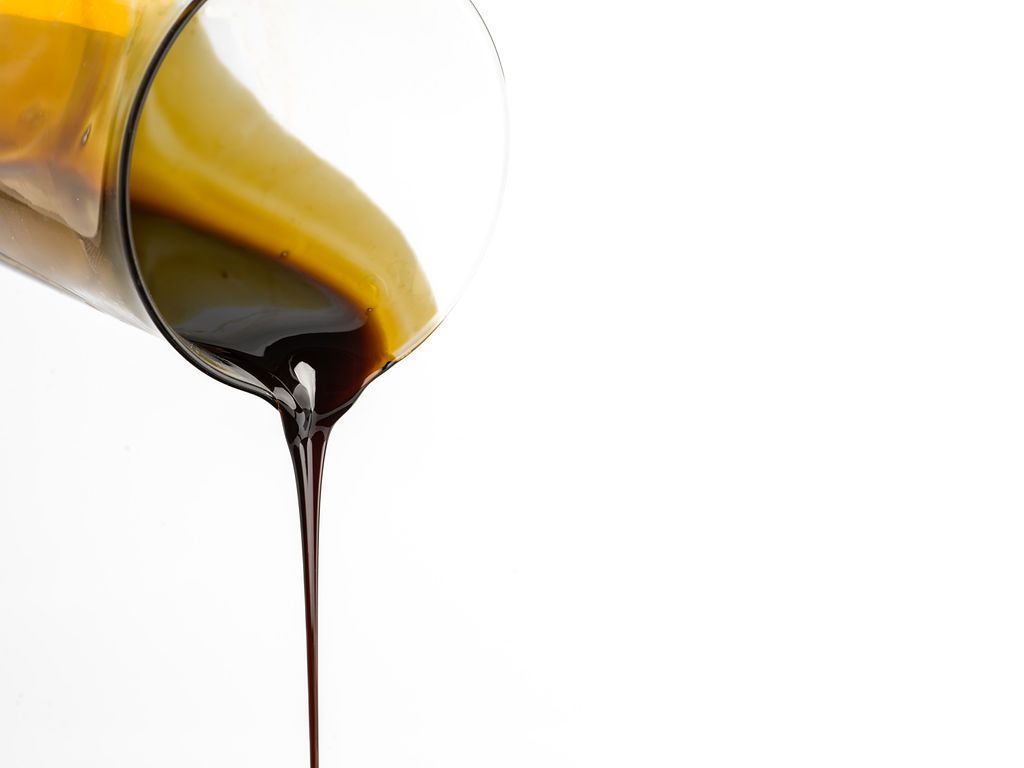
Of course, the experience is completed by tasting and discovering the flavors. This can be quite different from our preconceptions, as it is easy to have our other senses fooled, either intentionally or accidentally, and what seemed sweet is actually embarrassingly salty. Through chewing and swallowing, the flavors are gradually decomposed, the sounds of which are picked up by our hearing, so our image of texture is complemented. It’s a very multi-faceted process, automatic though it is, we are in fact actively involved physically and mentally. Eating with such attention and awareness is quite different from just taking a few bites—it’s worth trying, like eating oranges in the shower.
Photos: László Sebestyén

Cooling delicacies from Eastern Europe | TOP 5

At that time, I thought we would return to Hungary after two or three years in San Diego | Interview with Csaba Tóth, Ph.D., experimental physicist - Part I.
